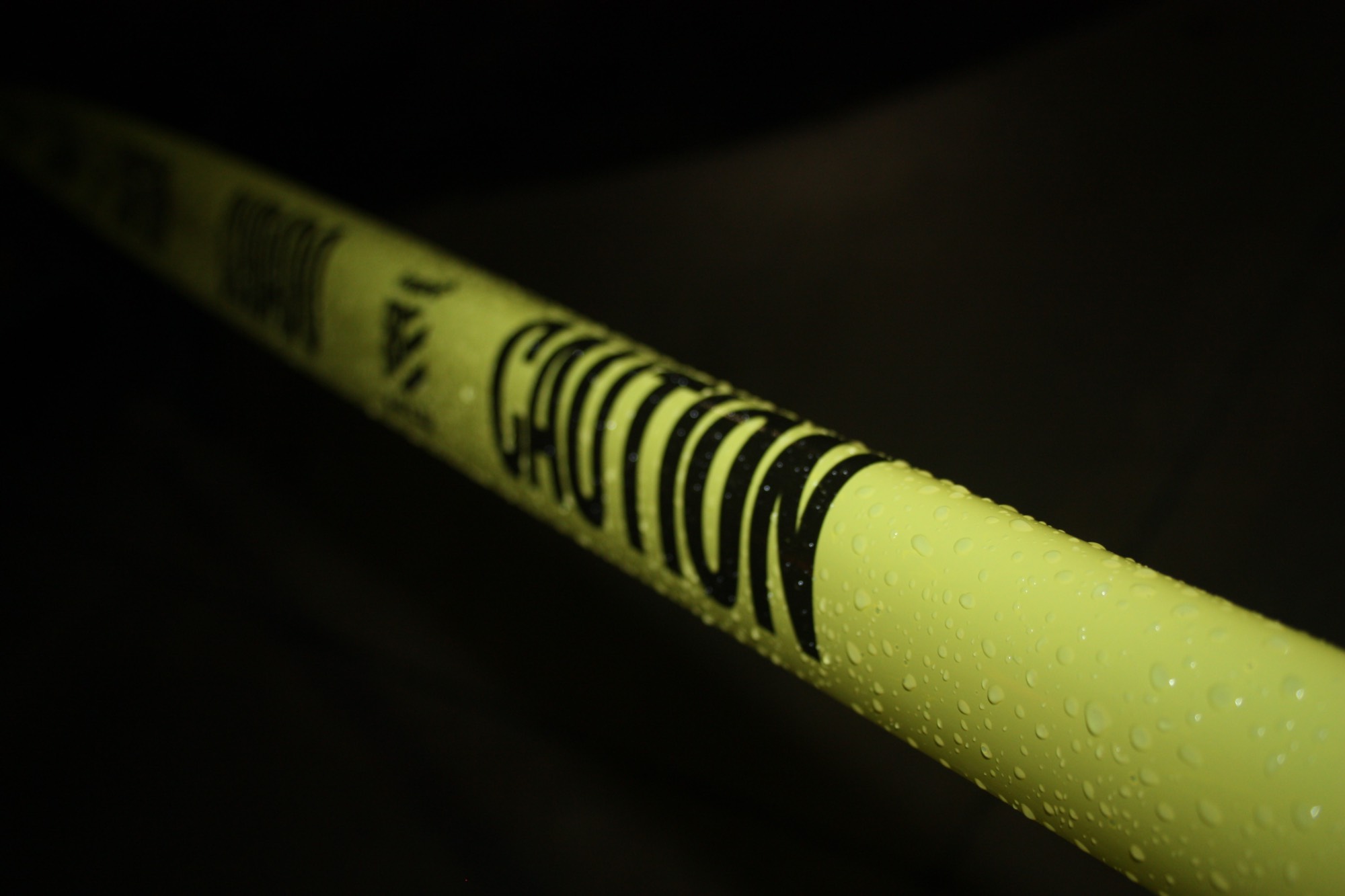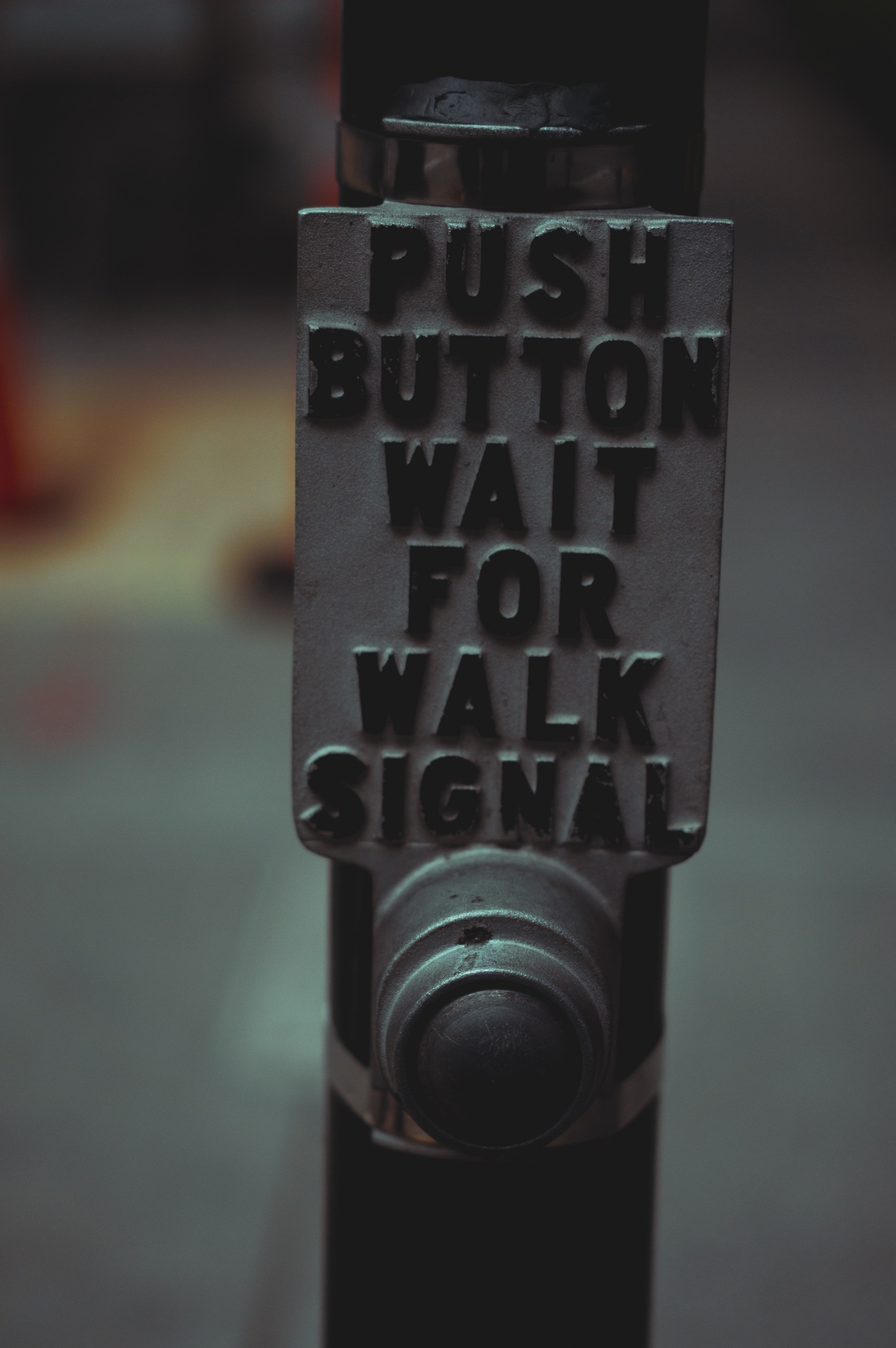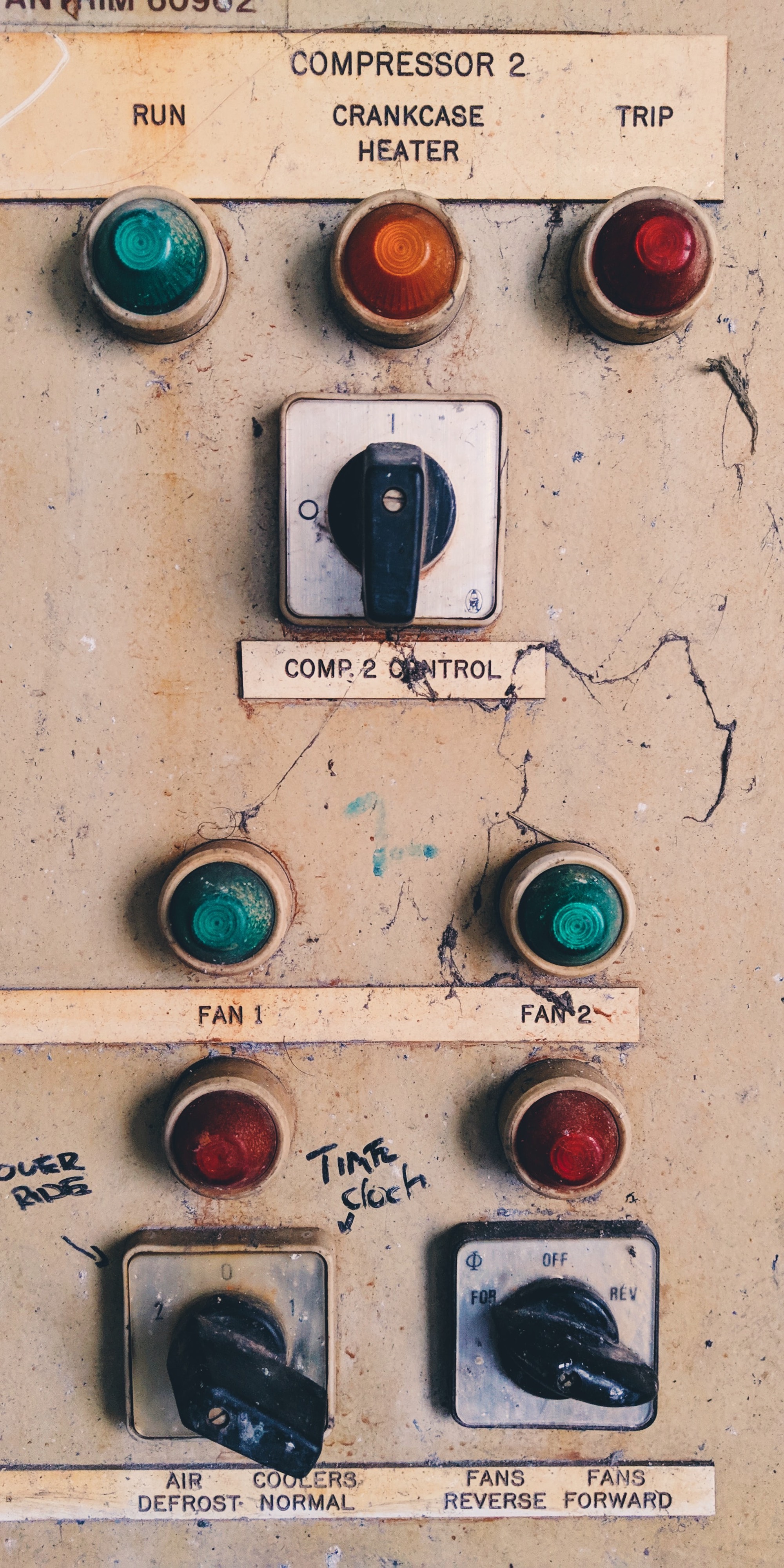Final Exams during Academic Continuity
Even with the unexpected switch to remote instruction, winter 2020 courses at Grand Valley still need to have a final exam or other culminating experience. Just as other parts of the instructional experience have needed to change in light of changed circumstances, so too does what happens at the end of the semester. Please read and think through the following guidance as you make your preparations.
Consider Alternatives
Things have changed since you originally created the assessment plan for your course. Circumstances are simply not the same. One of the best ways to handle these changes is to consider whether your assessment plan can change as well.
- Revisit your course's learning objectives. Consider whether the work students have already completed demonstrates that they've met some or all of your learning objectives. If so, you have increased flexibility with how you handle final exams or culminating experiences.
- Even if you feel that you must keep things as close to your original plan as possible, remember that flexibility is not only important—it's absolutely essential. For technical and practical reasons, many students will be unable to complete the exam as you might want.
- If you cannot change your final exam, consider whether you can change the calculations for final grades in your course. While you might not be able to be flexible with the exam experience, you likely have control over how large a part it plays in determining student grades.
If it's no longer strictly necessary that you have a traditional final exam, think about alternative assessments:
- Replace your exam with a series of quizzes or chapter tests that are lower-stakes and therefore lower stress for students.
- Assign students "authentic assessments" that require them to apply what they are learning in novel or complex situations. These type of assignments often create less concern about cheating, because they rely upon creative problem solving. Learn more
- Allow students to choose or even propose their own summative project. Options could include designing an infographic, creating a concept map, making a video, completing a self-reflection, etc.
- Consider having students defend their answers on other assignments (like tests) using video or audio. Doing an "oral exam" in this fashion can cut down on many instances of cheating.
- Try creating assignments that ask students to incorporate their personal experiences or which ask students to take their knowledge and apply it in unique contexts.

Photo by Ross Findon on Unsplash
Adjust the Details
Even if you still need to give a final exam, it might be possible to change the type of questions you use or to adjust the conditions under which students complete the exam.
- Many faculty presume that for an exam to be a meaningful indication of learning, students must complete them on their own with no notes or resources. That assumption is not correct, as a general rule. A lot depends on the content of the exam itself. Consider allowing students to collaborate or use notes and other resources. Questions with multiple steps or components allow students to apply their knowledge, and they can still be intellectually challenging even when students can work together.
- Instead of questions that ask students to recall basic facts or definitions, use questions that are more conceptual and require students to apply knowledge.
- Whatever you decide, be sure to communicate clearly with your students about what is acceptable and what is not.
In his article "Student Agency in Uncertain Times", Thomas J. Tobin notes that most students do not go about their academic work expecting or planning to cheat. It happens when they encounter anxiety and pressure. While it's not possible—or desirable—to eliminate all anxiety and pressure in learning, much of it is counter-productive to learning and is pedagogically unnecessary. Tobin suggests:
- Lowering time pressure. Many faculty think time limits are required to prevent cheating, but perversely the presence of time limits might be what encourages students to cheat in the first place.
- Lowering grade anxiety. The concept of a large final exam is part of the American higher educational mythos. There's little reason to believe, though, that it's the best way to ensure students have learned what you want them to. As mentioned above, reduce how much your final exam counts towards students' course grades.

Photo by Shadrach Warid on Unsplash
Reduce Cheating with the Right "Settings"
When you create quizzes, tests, or exams in Blackboard there are a number options available that help limit academic integrity problems.
- When creating multiple choice questions in Blackboard you can ask to have answer choices randomly organized for each student. One student might see their answer choices as "Washington, Adams, Lincoln, and Ford" while another student would see "Lincoln, Washington, Ford, and Adams." Blackboard keeps track of the details and knows the right answer even when the answers are mixed.
- Blackboard's "pool" feature allows you to create collections of questions and then have tests that give students a random set of those questions.
- When designing pools of questions, take advantage of the concept of "isomorphic questions." You can create a pool of multiple questions that are essentially identical, yet vary in some small regard—such as in the set of numbers students must mathematically manipulate or a particular historical event that students must analyze. Build a pool of such questions and then you can use randomization to give each student only one of those questions.
- When you deploy a test in Blackboard, you have the additional option of randomizing the order of questions within an exam. In addition to students getting different questions, this allows students to have a different order of exam components—such as an essay question appearing before multiple choice or matching.
- Blackboard allows you to attach a timer to a test. So even if students take it at different points in the day or on different days, they'll all have the same amount of time.
- If some students need additional time, Blackboard's "test exceptions" feature allows you to vary details of an exam for particular students.
Another simple way to discourage students from cheating is to simply ask them not to cheat. Include a question on your exam (ideally, at the start) that has students agree to an academic integrity pledge or reminds them of the university policy on academic integrity. There's research that suggests this low-tech step minimizes the number of students who will in fact cheat. We've included text here from the GVSU student code. This could form the basis of your "integrity pledge" question.
From the GVSU student code
ACADEMIC INTEGRITY OF GRADES & SCHOLARSHIP; STU 4.0
Cheating is defined as attempting to use materials, information, or study aids in any academic exercise that have not been allowed by the instructor.
Academic dishonesty compromises the integrity of grades, meaning that all academic work should be done by the student to whom it is assigned without unauthorized aid.
Students will comply with the following rules, when engaging in coursework:
- No student shall knowingly, without authorization, procure, provide or accept any materials, which contain questions or answers to any examination or assignment.
- No student shall, without authorization, complete, in part or in total, any examination or assignment for another person.
- No student shall, without authorization, allow any examination or assignment to be completed, in part or in total, by another person.
I understand that I am responsible for this code of conduct and am subject to the consequences if I fail to comply with any of them.
If you have Elevated Concerns about Academic Integrity
Options for Online Proctoring
If there are reasons—such as disciplinary licensure requirements—why it is imperative that you know students have not cheated on a final exam, Grand Valley does have options to help you add additional security to your testing in Blackboard.
- Blackboard allows you to require that students complete their exams using Respondus Lockdown Browser. This program is a special, function limited web browser that students need to download and install on their computer. It prevents students from opening other websites on their computer or using other programs where they might have notes or other resources they aren't allowed to use.
- Lockdown Browser does not prevent students from using other devices, like their phone, during an exam. To eliminate those possibilities, Blackboard allows you to enable Respondus Monitor. During the time of their exam, students' webcams and microphones will record them and their environment. Using artificial intelligence, Monitor will identify students (and times during the exam) where academic dishonesty might have occurred. Faculty can then review the video in question and make decisions about how to handle any problems they observe.
Proctoring Best Practices
If you choose to require students to use Respondus Lockdown Browser and/or Monitor, we strongly recommend the following:
- Make the download link for Lockdown Browser clearly available in your Blackboard site, and consider emailing it directly to students. Many students are not skilled at installing software, and this may be a large hurdle for them. One simply step to take is to make it so they know exactly where to start in installing the program.
- Create and ask students to complete "practice" tests. These tests don't need to be part of the students' final grade, but it is an easy way to eliminate some testing anxiety and to give students practice that might prevent problems during the actual exam.
- The previous point is very important if you are using Respondus Monitor.
- If you're using Monitor, in the instructions for your exam be clear that before they being the actual exam students need to take you on a tour of their testing environment—showing you what's around them, above them, even under their table or desk. This creates the assurance that they are in an appropriate and risk-free environment. Also instruct them to show you the surface of their computer itself, perhaps using a mirror. There's anecdotal evidence of students having post-it notes stuck to their compute monitor to help them during exams.
But Before you use Proctoring Software…
Proctoring software like Respondus Monitor gives you a greater certainty that students are taking your exam and are NOT engaging in behaviors you deem inappropriate. However, the use of proctoring software is problematic on several fronts. On the one hand, there's a real possibility that students may perform more poorly in such settings. On the other hand, there is a growing host of voices that suggest there are ethical and even moral problems to such tools. Before you choose to use proctoring software, please take a moment to read these considerations.

Photo by Marvin Esteve on Unsplash
There are a number of practical concerns about proctoring software such as Respondus Monitor.
- Testing anxiety is a real phenomenon, and it affects students' ability to demonstrate their learning. A proctoring tool does nothing to reduce anxiety. On the contrary, it creates additional anxiety.
- Part of the anxiety created by proctoring software is that it offers no feedback to students. While taking your exam, students get no feedback about whether they're acting "appropriately" or whether the software has flagged their behavior as problematic. This creates uncertainty for students that can get in the way of their ability to focus on the assessment itself.
- Technologically speaking, Respondus Monitor will not work for all students. While the underlying Lockdown Browser exists for Mac, Windows, and iPhones and iPads, not all students have those tools. Students with Android based phones/devices, and students with Chromebooks will not be able to use it.
- Respondus Monitor also requires students to have webcams and microphones. Even if students have the right type of computer, they may not have these additional items.
In addition there are a number of moral and ethical concerns about proctoring software. Some of these simply point towards the question of whether this software is appropriate. Others, however, challenge whether using the software creates an equitable environment in which students are able to demonstrate their learning.
- Students with motor difficulties may not be able to to move their camera and/or computer around to show their testing environment. This may create bias against such students for not being able to "ensure" their testing environment is secure.
- Requiring a quiet, non-active testing environment will negatively impact many students who serve as primary caregivers. Disproportionately, this affects women. Children or others entering the testing room will create false positives on proctoring software.
- Certain students may have medical conditions that make it either painful or dangerous for them to sit in one position for an extended time. When these students stand or move around, proctoring software will flag their behavior as "suspicious." Other learners may have medical conditions that lead to uncontrolled body movements. Proctoring software will also flag this behavior as "suspicious."
- Emerging research is showing that the artificial intelligence that is used to track human faces may have problems with people of color. This may make proctoring results unreliable or create false positives for individuals of color.
- Proctoring software is surveillance software. Requiring students to be subjected to video and audio surveillance as part of the learning process opens a wealth of privacy concerns. For the software to work, you as the faculty member "need" more access to your students' personal lives and surroundings than is technically related to learning itself.
- Many educators are concerned that proctoring software frames the learning process in entirely the wrong way. Subjecting students to surveillance propagates a pedagogy of punishment. This approach entirely ignores the reasons that students cheat—reasons that often relate to anxiety, the social expectations about education, and to poor pedagogical design of learning experiences. Cheating is not a technological problem in search of a technological solution. And a reliance on proctoring software creates a culture of fear and threat, rather than one of cooperation and a focus on learning itself.
- As alluded to in several specific points above, proctoring software only works to the extent that we can define and expect a "normal" or "acceptable" testing environment and corresponding behavior. What counts as "normal" and "acceptable," however, is strongly biased in ways that we might not realize.
Most of these concerns have been drawn from Shea Swauger's excellent summary "Our Bodies Encoded: Algorithmic Test Proctoring in Higher Education."
How-To's for Creating Tests and Exams in Blackboard
- Creating and Deploying a Test in Blackboard (written instructions). Includes suggestions for settings that enhance academic integrity.
- Instructions for accessing the Respondus authoring tool that allows Windows users to convert Microsoft Word-based exams into Blackboard exams (written instructions). Note that this is NOT the same as Respondus Lockdown Browser or Monitor.
- Blackboard Test Generators for faculty who do not use Windows and thus cannot use Respondus
- Information on Respondus Lockdown Browser and Monitor (written instructions). Includes an overview as well as instructions for how to review results.
- Respondus Lockdown and Monitor for Students (written instructions with video).
- Adding Respondus Lockdown Browser and Monitor to a Blackboard test (video)
- How to save time grading short answer and essay questions in Blackboard (written instructions)

Photo by Eilis Garvey on Unsplash

